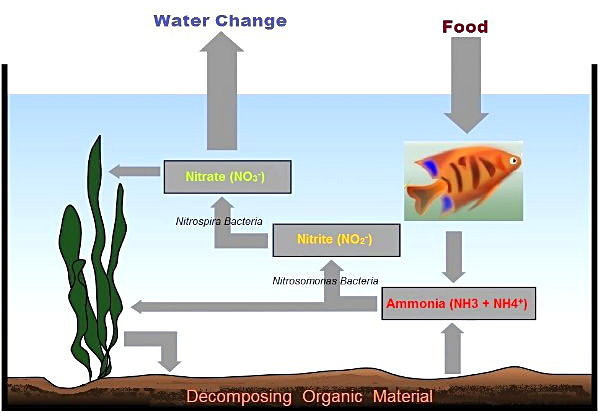Actually, maintaining a constant level of 2 ppm is not good. The more ammonia there is the more nitrite that will be made from it, and the cycle stalls at 15 or 16 ppm nitrite. As our test kits don't measure that high we can't know if the nitrite reading is at the top of the chart or well over that level.
That's why TwoTankAmin wrote his method on here. If ammonia is added only when certain target levels are reached, nitrite can never get high enough to stall the cycle.
In brief summary, the method on here states:
1. Add 3 ppm ammonia.
2. Wait until ammonia is under 0.75 and nitrite over 2 ppm, then add another 3 ppm ammonia.
3. Wait until ammonia is zero then zero again 2 days later; then add 1 ppm ammonia.
4. Wait until ammonia is below 0.25 and nitrite below 1.0 ppm, then add another 3 ppm ammonia.
5. Test next day and if both are zero the cycle has finished. If one or both are not zero repeat from #4 until they are both zero 24 hours after adding 3 ppm ammonia.

 www.fishforums.net
www.fishforums.net
That's why TwoTankAmin wrote his method on here. If ammonia is added only when certain target levels are reached, nitrite can never get high enough to stall the cycle.
In brief summary, the method on here states:
1. Add 3 ppm ammonia.
2. Wait until ammonia is under 0.75 and nitrite over 2 ppm, then add another 3 ppm ammonia.
3. Wait until ammonia is zero then zero again 2 days later; then add 1 ppm ammonia.
4. Wait until ammonia is below 0.25 and nitrite below 1.0 ppm, then add another 3 ppm ammonia.
5. Test next day and if both are zero the cycle has finished. If one or both are not zero repeat from #4 until they are both zero 24 hours after adding 3 ppm ammonia.

Cycling Your New Fresh Water Tank: Read This First!
Cycling Your First Fresh Water Tank What is Cycling and Why is it Important? Fish waste, and especially fish breathing, plus uneaten food and other organic matter breaking down in a tank all produce Ammonia. This can quickly become toxic to fish if it is allowed to build up to any measurable...
 www.fishforums.net
www.fishforums.net

